Best Asparagus Planting Companions That Will Boost Your Yield
Asparagus is a delicious and versatile vegetable that can be enjoyed fresh, cooked, or pickled. It is also a relatively easy vegetable to grow, but it does require some patience. Asparagus plants take several years to mature and reach their full yield potential. In the meantime, you can help your asparagus plants thrive by planting companion plants nearby.
Companion planting is a gardening practice that involves planting different types of plants together for mutual benefit. Some plants can help to attract beneficial insects, deter pests, or improve the overall health of the soil. When it comes to asparagus, there are a few specific plants that can help to boost your yield.
Here are some of the best asparagus planting companions:
- Tomatoes: Tomatoes and asparagus are a classic companion planting combination. Tomatoes release a chemical called solanine that repels asparagus beetles, one of the most common pests of asparagus plants. Asparagus, on the other hand, helps to suppress nematodes, which can damage tomato roots.
- Basil: Basil is another great companion plant for asparagus. Basil has a strong aroma that can help to deter asparagus beetles and other pests. It also attracts beneficial insects, such as ladybugs and hoverflies, which can help to control pests naturally.
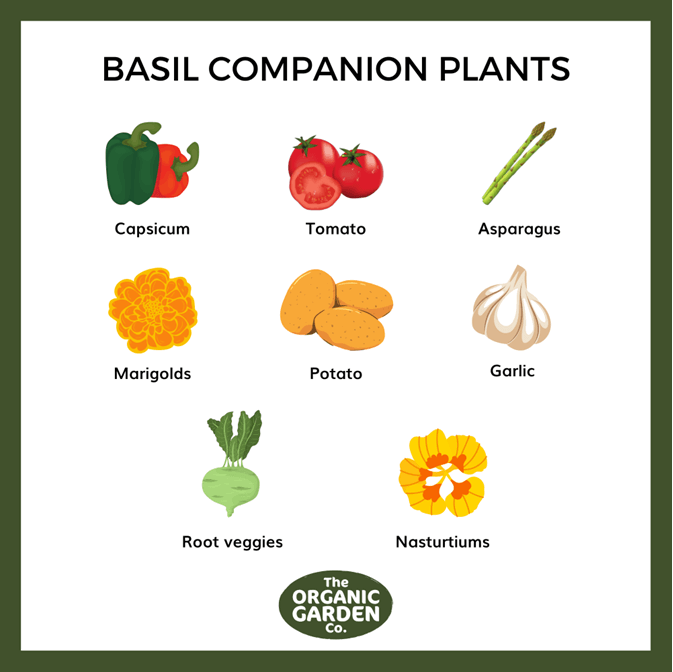
- Parsley: Parsley is a third herb that makes a good companion plant for asparagus. Parsley helps to improve the overall health of the soil, which can benefit asparagus plants. It also attracts beneficial insects and helps to suppress weeds.
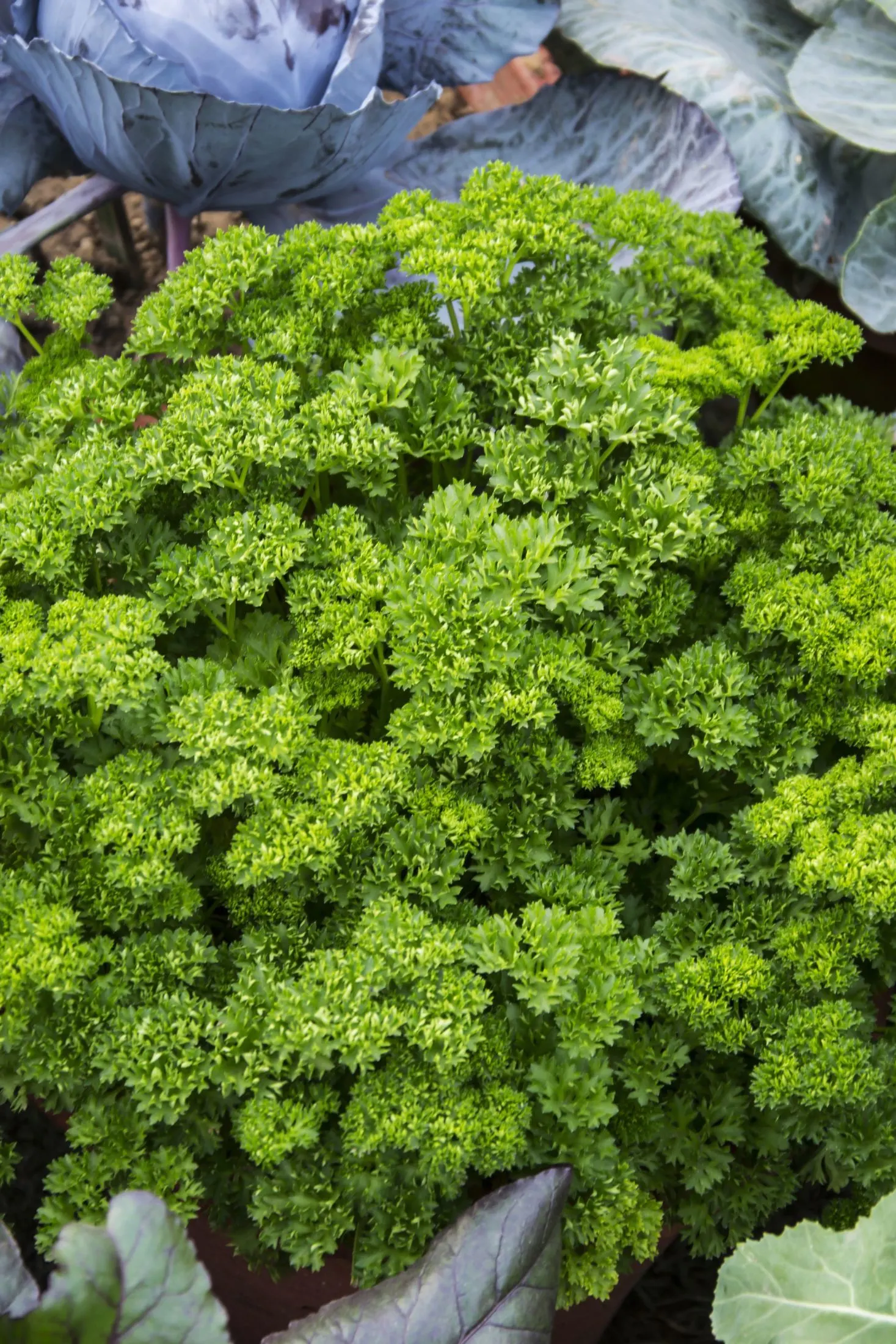
- Nasturtiums: Nasturtiums are a type of flower that can also be grown as a companion plant for asparagus. Nasturtiums help to repel asparagus beetles and other pests. They also add a splash of color to your garden.

- Dill: Dill is a herb that can also be grown as a companion plant for asparagus. Dill helps to attract beneficial insects, such as hoverflies and lacewings, which can help to control pests naturally. It also helps to improve the flavor of asparagus.
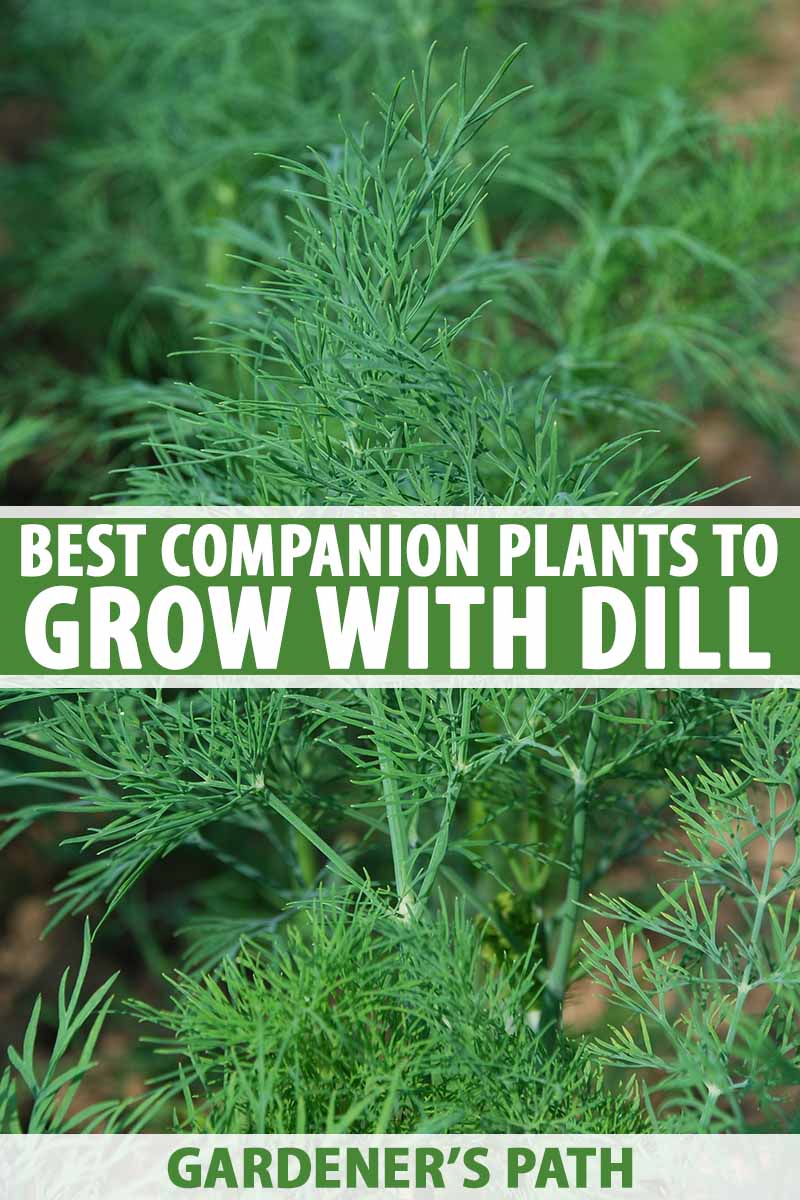
- Rhubarb: Rhubarb is a perennial vegetable that can be grown as a companion plant for asparagus. Rhubarb helps to suppress weeds and improve the drainage of the soil. It also helps to deter asparagus beetles.
- Strawberries: Strawberries are another perennial vegetable that can be grown as a companion plant for asparagus. Strawberries help to attract beneficial insects and improve the overall health of the soil. They also help to suppress weeds.
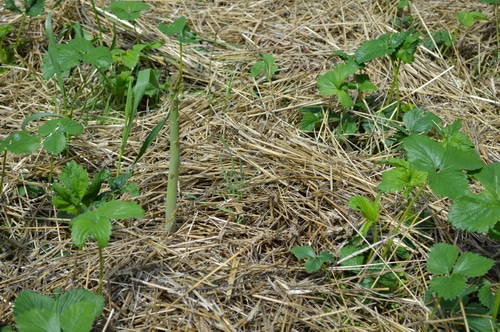
In addition to these specific plants, there are a few other general principles to keep in mind when choosing companion plants for asparagus:
- Asparagus plants prefer full sun and well-drained soil. When choosing companion plants, make sure they have similar sunlight and soil requirements.
- Asparagus plants are heavy feeders. Companion plants that can help to improve the fertility of the soil, such as rhubarb and strawberries, are a good choice.
- Asparagus plants are susceptible to pests and diseases. Companion plants that can help to attract beneficial insects and deter pests, such as tomatoes, basil, and nasturtiums, are a good choice.
By following these tips, you can choose the best asparagus planting companions to boost your yield and enjoy delicious asparagus for years to come.
Asparagus is a delicious and nutritious vegetable that can be enjoyed for many years with proper care. One important aspect of asparagus care is companion planting. Companion planting is the practice of planting certain plants together to benefit each other. There are a number of good companion plants for asparagus, including:
- Tomatoes: Tomatoes emit a chemical called solanine that repels asparagus beetles, a common pest of asparagus. Asparagus, in turn, helps to deter nematodes, which can damage tomato roots.
- Herbs: Herbs such as basil, parsley, and dill can help to attract beneficial insects and pollinators to your asparagus bed. They can also help to improve the flavor of your asparagus.
- Flowers: Flowers such as marigolds, nasturtiums, and asters can help to attract beneficial insects and pollinators, and they can also add beauty to your asparagus bed.
For more information about asparagus planting companions, please visit Garden Wiki. This website has a comprehensive list of companion plants for asparagus, as well as tips on how to plant and care for asparagus.
FAQ of asparagus planting companions
Question 1: What are good asparagus planting companions?
Answer: Asparagus is a relatively low-maintenance plant, but it can benefit from having some companion plants nearby. Some good asparagus planting companions include:
- Tomatoes: Tomatoes release a chemical called solanine that repels asparagus beetles, which can be a major pest for asparagus plants.
- Basil: Basil is another herb that repels asparagus beetles. It also helps to improve the flavor of asparagus.
- Parsley: Parsley is a good companion plant for asparagus because it helps to improve the soil's drainage and aeration.
- Dill: Dill is a flowering herb that attracts beneficial insects, such as ladybugs and lacewings, which help to control pests.
- Marigolds: Marigolds are another flowering herb that attracts beneficial insects. They also help to deter nematodes, which can damage asparagus roots.
Question 2: What plants should I avoid planting near asparagus?
Answer: There are a few plants that you should avoid planting near asparagus, including:
- Onions: Onions can stunt the growth of asparagus plants.
- Cabbage: Cabbage can attract the same pests as asparagus, so it's best to avoid planting them near each other.
- Potatoes: Potatoes can harbor a fungus that can damage asparagus roots.
- Peas: Peas can compete with asparagus for nutrients.
- Lettuce: Lettuce can attract slugs and snails, which can be a problem for asparagus plants.
Question 3: How far apart should I plant asparagus companions?
Answer: The spacing requirements for asparagus companions will vary depending on the specific plant. However, as a general rule of thumb, you should plant companion plants at least 12 inches away from asparagus plants. This will give the plants enough space to grow and thrive.
Question 4: When should I plant asparagus companions?
Answer: You can plant asparagus companions in the spring or fall. However, if you live in a cold climate, it's best to plant them in the fall so that they have time to establish themselves before the ground freezes.
Question 5: How do I care for asparagus companions?
Answer: The care requirements for asparagus companions will vary depending on the specific plant. However, most companion plants will need regular watering and fertilizing. You may also need to thin them out if they start to crowd each other.
Image of asparagus planting companions
- Basil: Basil is a great companion plant for asparagus because it helps to repel pests and diseases. It also helps to improve the flavor of asparagus.
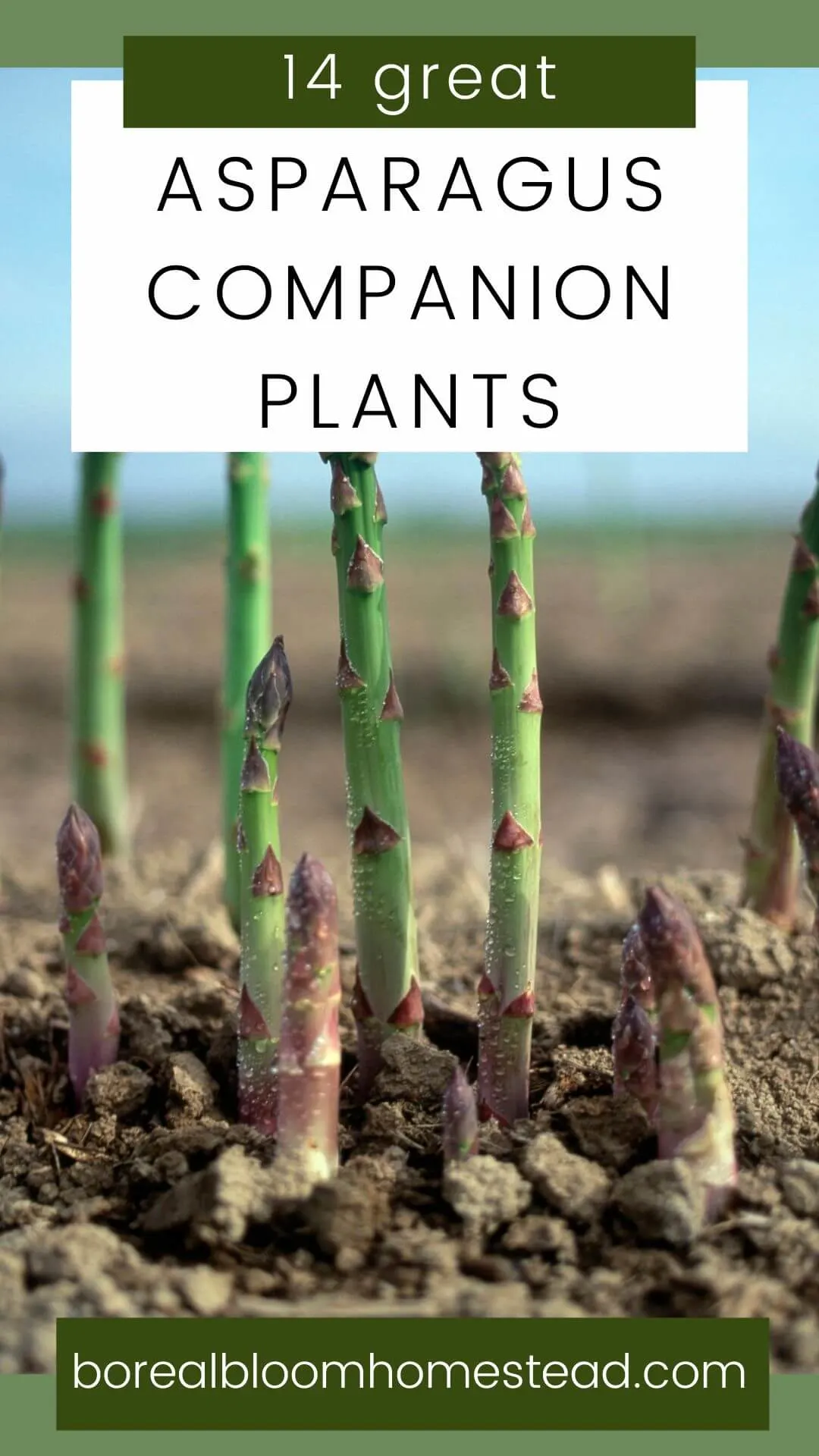
- Parsley: Parsley is another great companion plant for asparagus. It helps to improve the flavor of asparagus and also helps to deter pests.
- Nasturtium: Nasturtium is a beautiful and beneficial companion plant for asparagus. It helps to attract beneficial insects that prey on asparagus pests. It also helps to suppress weeds.

- Tomatoes: Tomatoes are a good companion plant for asparagus because they help to improve the flavor of asparagus. They also help to deter asparagus beetles.

- Dill: Dill is a good companion plant for asparagus because it helps to improve the flavor of asparagus. It also helps to deter asparagus rust.



Post a Comment for " Best Asparagus Planting Companions That Will Boost Your Yield"